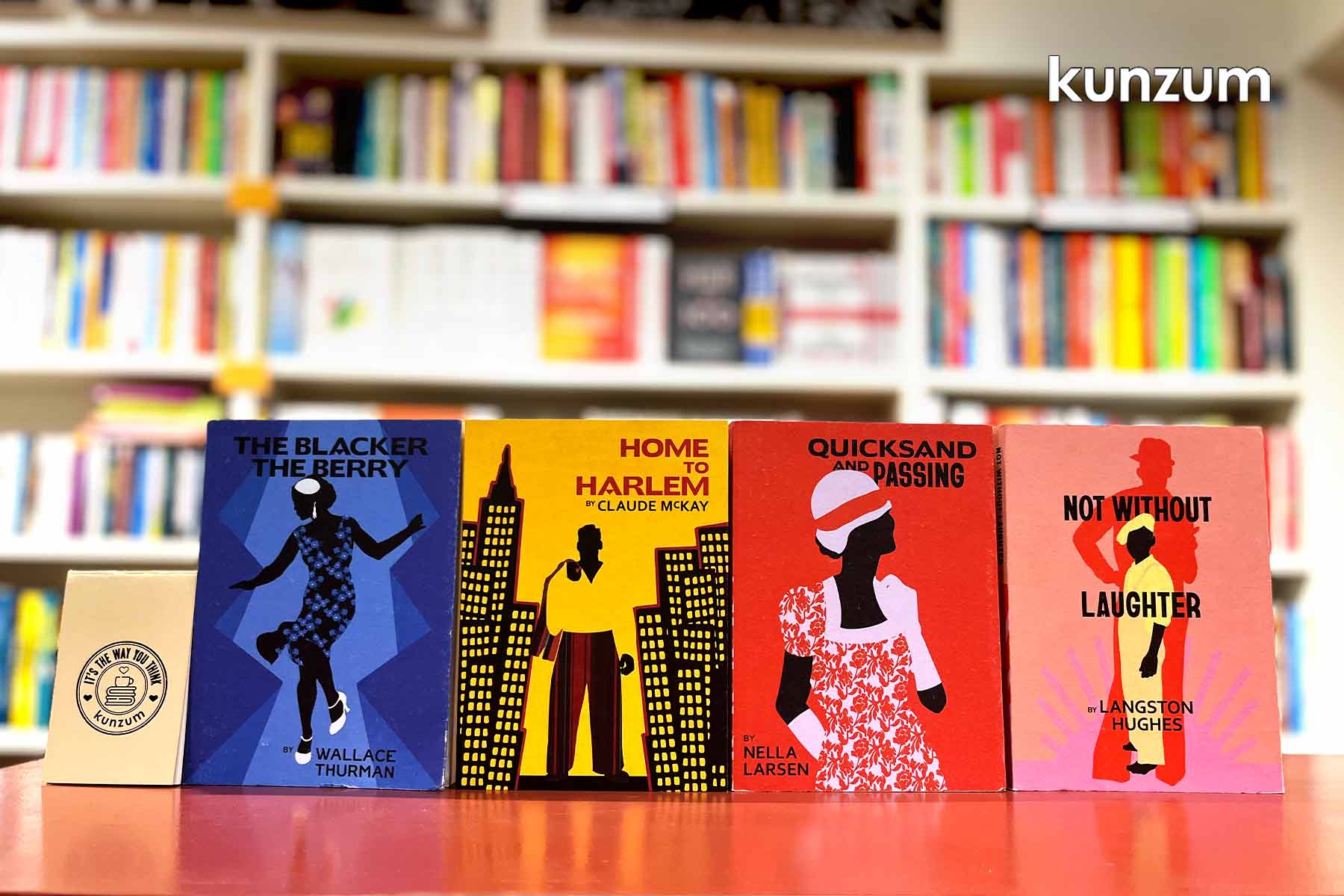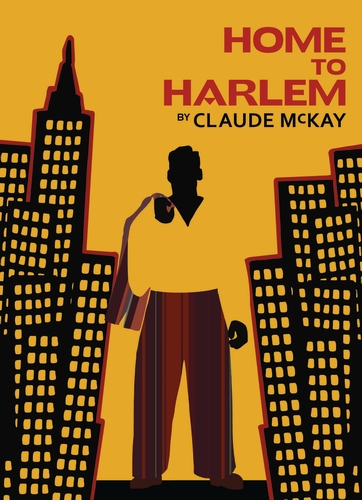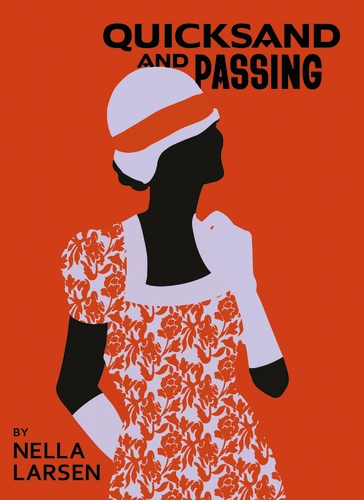
Welcome to Penguin’s Vintage Classics “Harlem Renaissance Series”, hand-picked and specially designed editions of glorious texts from the era, covering a breadth of literary forms to truly display, within the space of four authors, the magnanimity of the socio-cultural movement. Named after the African-American residential NYC suburb of Harlem, this cultural revolution, dated within the postwar period of the 1920s to the 1930s, is reminiscent of the indelible mark left by this rich diasporic community within global culture.
In keeping with the spark of experimentation and jazz, singing of racial pride and politically demystifying and liberating the Black identity, the Harlem Renaissance is a celebration of the African-American experience and is coded in their uniquely syncretic aesthetic. From the great Langston Hughes to the indomitable Nella Larson, these authors preserve the bluesy music and folklorish antecedents of the time, as well as a radical literary decision to write for themselves as opposed to a white audience. Come join us as we celebrate these mighty voices, preserved in Penguin’s vibrant vintage designs.

The Blacker The Berry by Wallace Thurman
A key text in attempting to understand how black identities were being powerfully re-written and explored at the time, American essayist and dramatist Wallace Thurman’s The Blacker the Berry proves to be a powerful bildungsroman with a brilliant female protagonist at its heart. Tackling issues of colorism within the Black community, specifically the prejudicial treatment of the lighter skinner (Audre Lorde also famously talks of this), the novel takes us to Emma Lou, a dark-skinned protagonist journeying from self-loathing towards powerful self-reclamation and acceptance. A sharp satire that exposes societal ills with a distinct wit, Thurman’s is a powerful meditation on intra and inter-racial prejudices and the varied complexities of discriminatory behaviour.

Home to Harlem by Claude McKay
McKay’s Home To Harlem offers a sobering reality check on what the everyday at Harlem really was, even during the Renaissance. Through its protagonist, Jake, a disillusioned Black man who returns to Harlem after deserting the army, McKay takes his readers through the complexities of race and identity in a swiftly changing socio-political scape, offering a vital and unfiltered view to the artistic movement. With a character who does not resemble the Renaissance heroes we so often idealise, Jake is a man who subsists off the streets, spending his hours within odd jobs, nighttimes and complicated relationships. In the night that is his life, the novel exposes the true colour of the community, the vibrance of Harlem’s culture in the energy, music and resilience of its people. More than anything, this novel speaks to the Renaissance’s polyphonic and deeply varied nature, as bigger than the monolithic movement we often imagine it to be.

Quicksand and Passing by Nella Larsen
Nella Larsen’s Quicksand and Passing are two separate novellas on a joint mission to delve into the complexities of being Black in 1920s America. Quicksand follows Helga Crane, a biracial woman navigating societal expectations and personal desire, grappling with her split loyalties between two contrasting communities, yearning for freedom yet feeling trapped by societal constraints. And Passing introduces us to Irene Redfield, a childhood friend of Helga’s who chooses to pass as white. Their vastly different choices, as well as the narratives that detail the crisis behind these choices, paint a twice-refined portrait of racial loyalty, self-discovery, and the burden of racial categorization at a time of cultural awakening.

Not Without Laughter by Langston Hughes
Langston Hughes’s debut novel, Not Without Laughter , is a coming-of-age story set in the early 20th century Midwest. Following Sandy Rogers, a young African American boy navigating life in a small Kansas town, the novel is loosely based on Hughes’s own experiences as well as the unique challenges faced by Black families at the time. While chronological, the novel is a uniquely collated collection of fragments. A story told in vivid vignettes, it abandons the traditions of a tight-plot to celebrate its unique rhythm. With snapshots that showcase Sandy’s interpersonal relationships within his segregated community, especially his hardworking mother and strong grandmother, the text draws a fragile portrait wherein individuals battle real socio-economic hardships and can only find solace within personal hopes and private dreams of a better future. A significant contribution to the Harlem Renaissance, Hughes’ account talks of the Black experience beyond the urban vibrance that is often associated with the movement.
Pick up any of these 4 Quintessential Reads From Penguin’s Vintage Classics Harlem Renaissance Series from any Kunzum store or WhatsApp +91.8800200280 to order. Buy the book(s) and the coffee’s on us.
